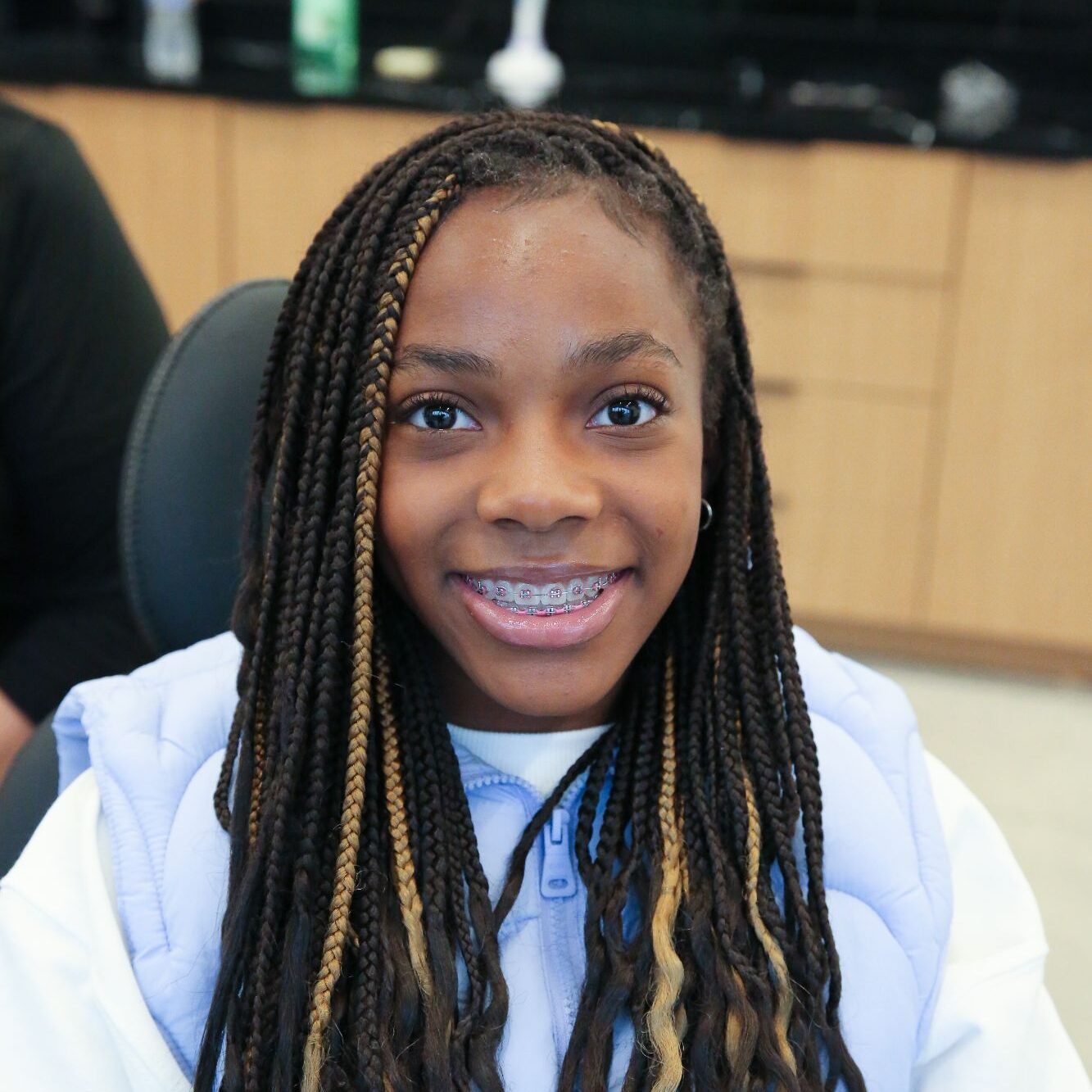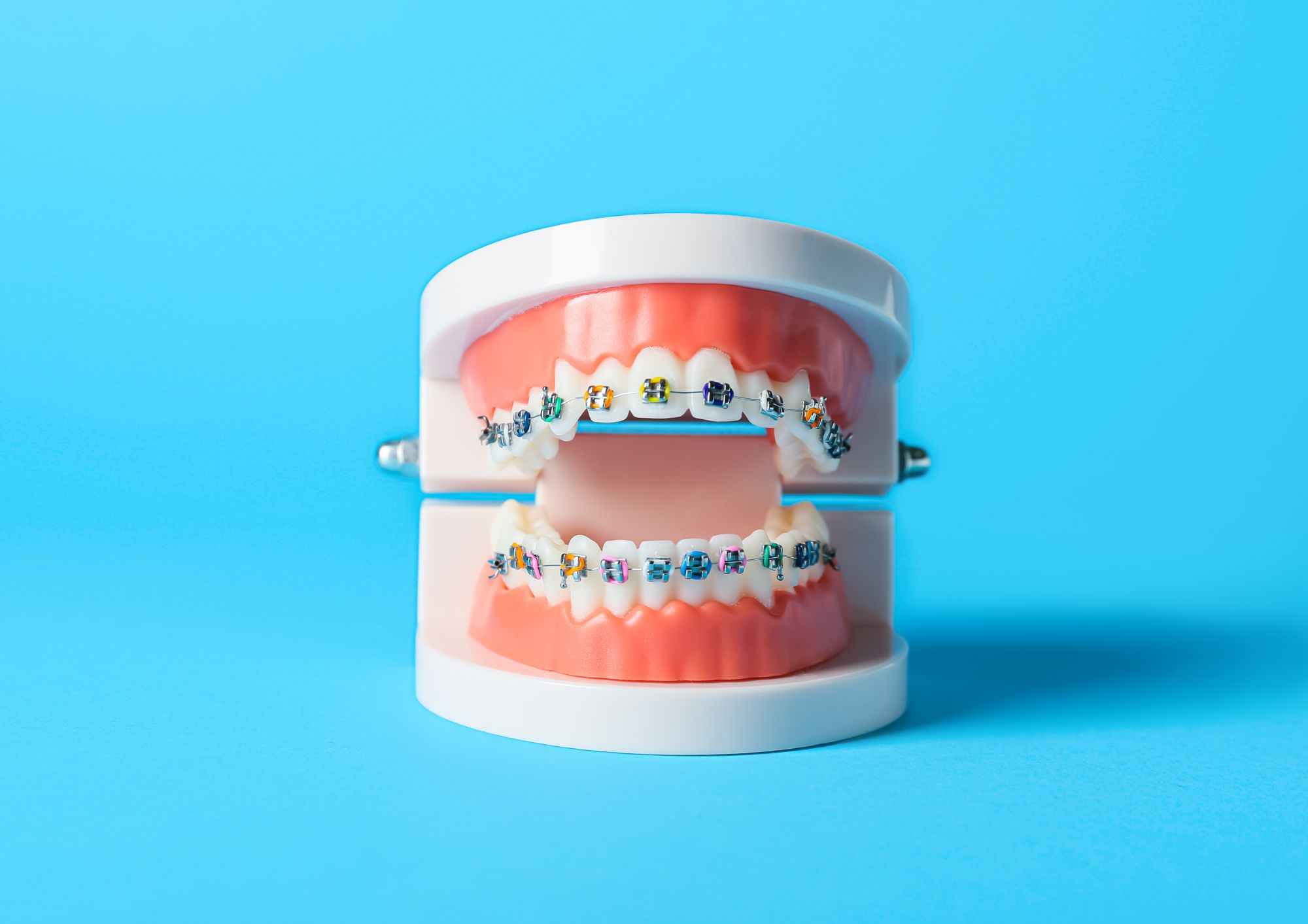Metal braces for the whole family in East Cobb and Sandy Springs.
At Levin Orthodontics, we’re proud to offer the latest technology in braces to patients of all ages in East Cobb, Marietta, and Roswell as well as Sandy Springs, Chastain, and Buckhead. Traditional metal braces are a cost effective choice for your orthodontic treatment and can treat cases that are mild to complex.
Made of high-grade stainless steel, modern metal braces are more comfortable and hygienic than ever! Progressing through a sequence of archwires of different materials, sizes, and shapes, your teeth and bite are gently brought into alignment.
One type of bracket is called Self-Ligating. These braces use a specialized clip or door instead of colored elastics to secure the wire into each bracket.
This type of wire-bracket engagement can reduce friction potentially resulting in a broader smile and less pressure on each tooth. Self-ligating braces may require fewer adjustments and each visit is often quicker since there are no elastics to replace.
 Free Consult
Free Consult

